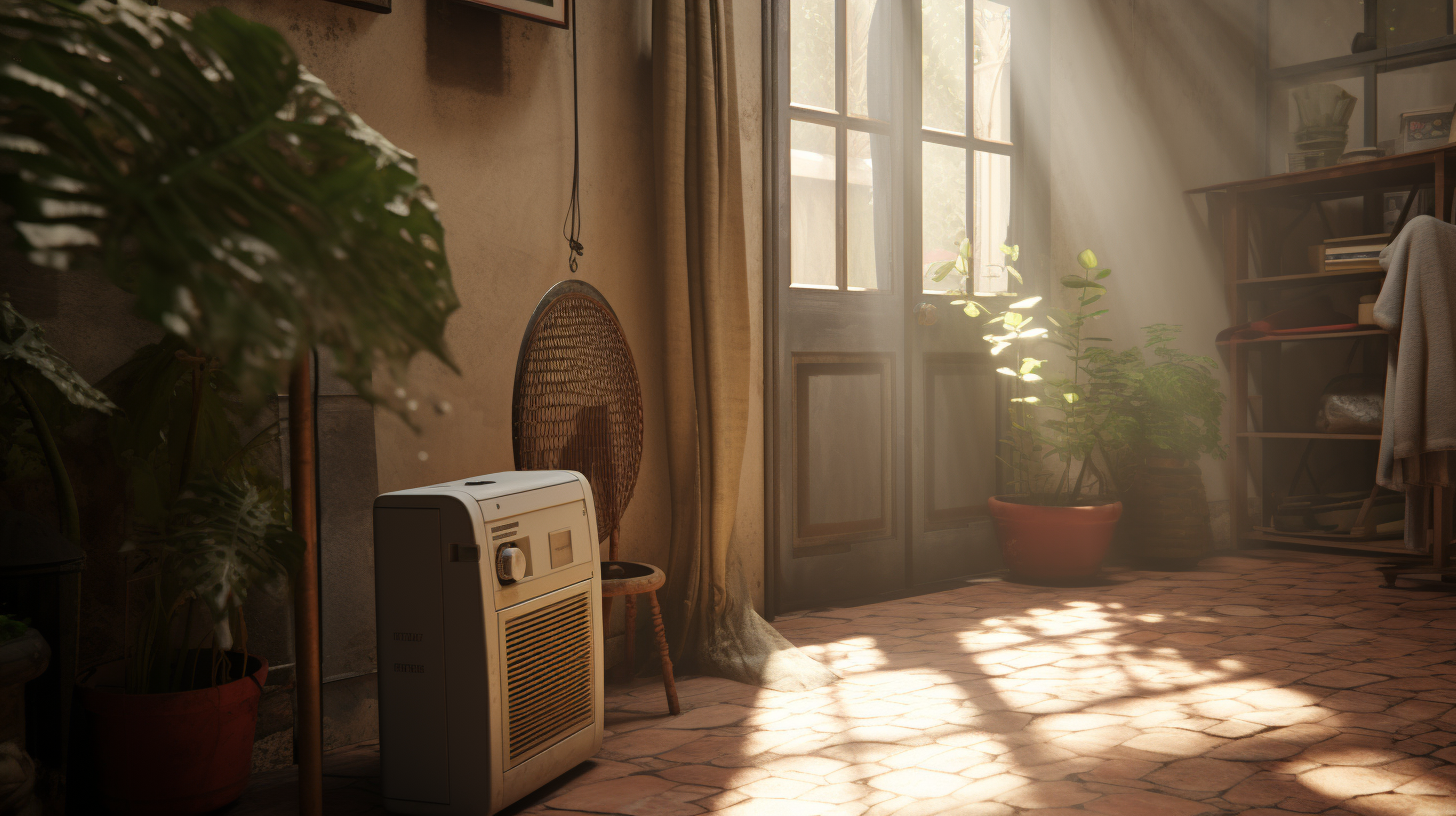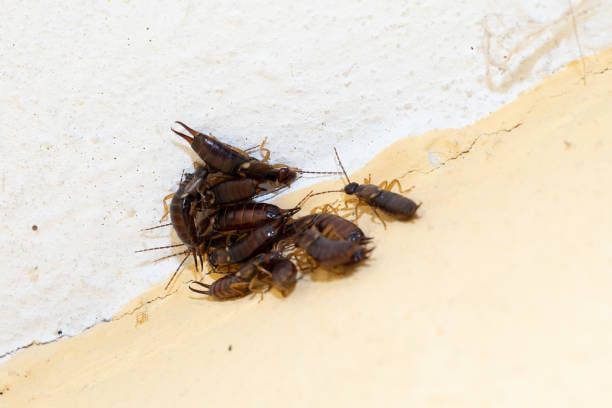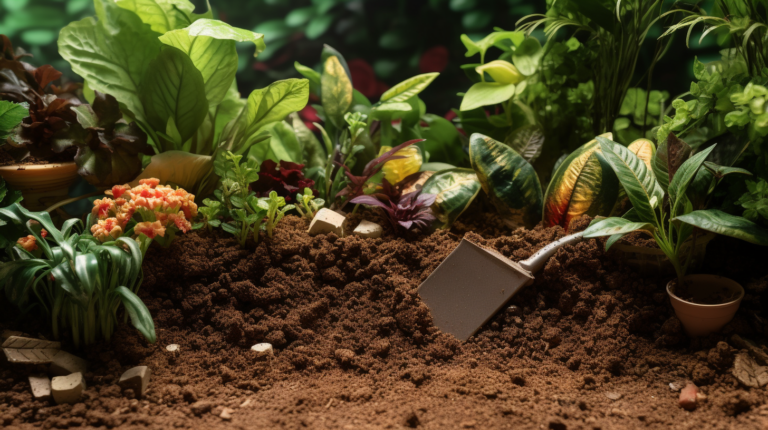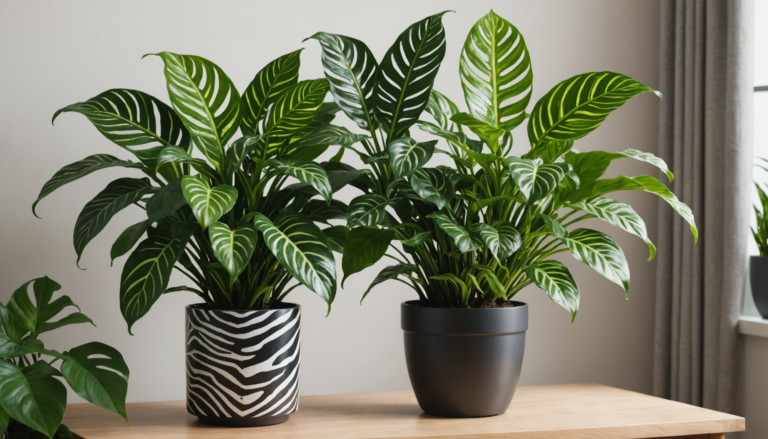I have successfully fought off earwigs in my house and I’m eager to impart my expertise on how to hasten their removal from your residence. You’re likely worn out from handling these creepy crawlers, but take heart, I possess the necessary solutions for you.
We’ll dive into spotting signs of infestation, understanding what draws them in, and DIY eradication methods. Prevention tips and when to call in the pros are also on the agenda.
Let’s reclaim your home from these pests quickly and efficiently!
Key Takeaways
- Recognize and identify it by their appearance and pincers
- Know where they commonly hide in your home
- Look for signs of damage caused by it, such as chewed leaves and small droppings
- Take proactive steps to eliminate them from your home
Recognize the Tell-Tale Signs of Earwig Infestation

Before we can take action, we need to know what we’re dealing with.
I’ll tell you how to identify earwigs, where they commonly hide, and the signs of damage they leave behind.
These are the first steps to reclaiming your home from these unwanted guests.
Understanding What Earwigs Look Like
I will help you understand what an earwig looks like so you can recognize the tell-tale signs of an infestation in your home.
They have a distinct appearance; they’re small, usually about 5-25mm long, with a dark brown or black body.
However, what really sets them apart is their ‘pincers’ or ‘forceps’ – these are curved appendages at the end of their abdomen. They look somewhat like this:
Pincers:
- Males: More curved, appear larger
- Females: Straighter, seem smaller
Recognizing these features is crucial in understanding what they look like. Armed with this knowledge, you’ll be better prepared to identify them in your house and take the necessary steps to get rid of them fast.
Identifying Typical Areas Where Earwigs Like to Hide
After identifying what earwigs look like, it’s critical to uncover the typical hideouts inside our homes where these pests are likely to dwell. To get rid of them, remember they prefer damp, dark spaces. Check areas where earwigs are likely to congregate, such as basements, laundry rooms, bathrooms, and under heavy furniture.
They like to hide in cracks and crevices, too, so inspecting the foundations of your home and window and door frames can prove fruitful. If you spot small, dark droppings or a foul odor, these might be tell-tale signs of an infestation.
It’s all about vigilance and identifying typical areas where they might be lurking in your home.
Discovering the Damage Earwigs Can Do to Your Home and Garden
Let’s now delve into the damage earwigs can inflict on your home and garden. We’ll start with spotting the tell-tale signs of an infestation.
First, you need to know that these pests are nocturnal, so you’ll likely spot signs of them at night.
Here are a few signs to look out for:
- Damage to foliage and flowers, especially damp and decaying ones.
- Chewed leaves, flowers, and soft fruits.
- Small, irregular holes in plant leaves.
Indoor signs:
- They are found in damp areas like the bathroom or basement.
- Small, dark droppings similar to those of mice.
If you notice these signs, it’s time to take action to kill them. Don’t hesitate to seek professional pest control help to effectively prevent them from causing further damage.
Familiarize Yourself with What Attracts Earwigs

Let’s get to know what attracts these pesky critters.
We’ll start by understanding why earwigs are drawn to damp environments and discover the types of food that lure them.
Also, we’ll see how clutter and debris can unintentionally roll out the welcome mat for earwigs.
Understanding Why Earwigs Seek Damp Environments
I’ve observed that many people don’t realize how much earwigs are attracted to moist environments. Understanding why earwigs seek moist environments is key to eliminating earwigs in the house. Earwigs are attracted to moisture because it gives them the perfect conditions for survival and breeding.
Here’s why:
Moist environments act as a haven for earwigs because:
- They provide plenty of food sources, including decaying plant matter and insects.
- They offer a cool, stable climate that’s ideal for laying eggs.
If you’ve been spotting earwigs in your home, moist areas are likely attracting them. It’s essential to control the moisture levels in your home and maintain dry conditions to eliminate earwigs.
Learning What Kinds of Foods Attract Earwigs
I’m often surprised by how few people know that specific foods can attract earwigs into their homes. If you’re trying to learn how to get rid of earwigs in your house, it’s crucial to understand what lures them in the first place.
Earwigs love moist and rotting plant material, but they’re also drawn to common food sources in your kitchen. These critters adore sweet, oily, and greasy foods, so unsealed containers or crumbs left on the counter can be a big problem. They’re also attracted to pet food left out overnight.
How Clutter and Debris Can Invite Earwigs
In my experience, I’ve found that earwigs aren’t just attracted to food sources; they’re also drawn to clutter and debris in and around your home. These conditions invite earwigs as they provide perfect hiding places. So, if you want to get rid of earwigs in your house quickly, keeping your home clean and clear of clutter is essential. Additionally, using frost cloth tips can help keep earwigs away from your plants and garden. By covering your plants with frost cloth, you can create a barrier that prevents earwigs from reaching them. This can be especially useful in the spring and summer months when earwigs are most active. By implementing these strategies, you can effectively keep earwigs at bay and create a more comfortable living environment for yourself and your family.
Let’s delve into how clutter can lure these pests:
- Clutter and debris create dark, moist spaces that earwigs love. This includes:
- Stacks of newspapers, magazines, or cardboard
- Piles of laundry or cluttered storage areas
Effective DIY Methods On How To Get Rid of Earwigs In Your House Fast

Now, let’s talk about some DIY methods that can help you get rid of earwigs fast and effectively.
We’ll discuss how to design and use traps, explore safe and natural ways to kill earwigs, and examine how essential oils can control an earwig infestation.
I’m sure you’ll find these methods handy and easy to implement.
The Design and Utilization of Earwig Traps
So, how can I design and utilize effective DIY earwig traps to quickly rid my house of these pests?
The way to get rid of these nuisances is simpler than you think. A trap is an effective tool in controlling earwigs.
Creating the trap is straightforward. Here’s what you need to do:
- Fill a shallow container with a mixture of water and dish soap.
- Cover the top with plastic wrap and poke small holes in it.
This trap lures earwigs with moisture and traps them as they can’t escape the slippery surface. While being a DIY solution, such a trap is surprisingly effective against earwigs.
Safe and Natural Ways to Kill Earwigs
Beyond my simple DIY trap, there are also other safe and natural methods that I’ve found effective in killing earwigs.
If you’re dealing with earwigs inside your house, the best way to eliminate them is to create an unwelcome environment. Earwigs thrive in moist, dark places, so keep your home dry and well-lit.
Diatomaceous earth, a natural powder, can also repel earwigs when sprinkled around your house. This non-toxic substance kills earwigs by dehydrating them.
Boric acid is another safe and natural way to kill earwigs. It’s effective in controlling an infestation in your home when applied in areas where earwigs are frequent.
These methods aren’t only safe but also environmentally friendly.
How Essential Oils Can Help Control an Earwig Infestation
Often, I’ve found that using essential oils can be an incredibly effective and natural DIY method to help control an infestation in your home. Essential oils like citronella, peppermint, and clove can’t only repel earwigs but can also prevent them from coming back.
Here’s how essential oils can help control an infestation:
Citronella Oil:
Spray diluted citronella oil around entrances to prevent earwigs from getting into your home.
Peppermint Oil:
A natural insecticide, peppermint oil can be sprayed throughout your house to protect your home from earwigs.
Clove Oil:
Clove oil’s strong scent repels earwigs and discourages them from coming back.
How to Prevent Future Earwigs in Your House

Now that we’ve tackled how to get rid of earwigs let’s shift our focus to prevention.
It’s crucial to talk about reducing dampness and humidity in your home and the importance of regular cleaning and decluttering.
We’ll also touch on how strategic landscaping and home repairs can help keep them outside where they belong.
Tips for Reducing Dampness and Humidity in Your Home
I will share some handy tips on how to reduce dampness and humidity in your home, which will help prevent future infestations. If earwigs enter your home, they’re likely seeking moisture. By maintaining a dry environment, you’ll keep them away.
Here are some tips for reducing dampness and humidity inside your home to prevent future infestations:
Use dehumidifiers:
- Place them in moist areas, like the basement or bathroom.
- Ensure they’re properly maintained and emptied regularly.
Improve ventilation:
- Open windows when it’s not too humid outside.
- Use exhaust fans in the kitchen and bathroom.
The Importance of Regular Cleaning and Decluttering
In addition to maintaining a dry environment, regular cleaning and decluttering are crucial for keeping earwigs at bay and preventing future infestations.
If you find earwigs in your garden or around your house, it’s likely they could enter your home. Here’s where the importance of regular cleaning and decluttering comes in.
Regular cleaning eliminates their potential hiding spots and food sources. On the other hand, decluttering reduces the amount of dark, moist places that earwigs love to inhabit.
Suppose you’re diligent about keeping your home clean and clutter-free, especially in moist areas like basements and bathrooms. In that case, you’ll create an environment that’s less appealing to earwigs, helping to prevent any future infestations.
How Landscaping and Home Repairs Can Keep Earwigs Outside of Your House
Keeping earwigs outside of your house involves more than just cleaning and decluttering, and that’s where landscaping and home repairs come into play. To keep them from coming into your house to prevent future infestations, you’ll need to modify the environment around your home and make necessary repairs.
Landscaping:
- Remove dead leaves or logs that can house earwigs.
- Maintain a dry, clean garden to discourage earwigs from nesting.
Unlock the secret garden of your dreams after tackling those pesky earwigs—dive into the best books on landscape design to transform your earwig-free outdoors!
Home Repairs:
- Seal cracks and openings in your house’s exterior to block earwig entry points.
- Fix leaky pipes and eliminate damp areas to get rid of earwigs’ preferred habitats.
Mastering these steps will safeguard your home from earwigs outside and ensure a bug-free living space.
When to Seek Professional Pest Control for Earwigs

Sometimes, an earwig infestation can get out of hand, and that’s when you’ll need to call in the professionals.
We’ll examine how to identify when DIY methods aren’t enough and discuss the available options for professional pest control.
We’ll also touch on how to prevent future infestations with the help of ongoing professional treatments.
Recognizing When an Earwig Infestation Is Beyond DIY Control
I’ve got to admit, there comes a point when my DIY efforts can’t keep up with an infestation, and it’s time to call in the professionals. Here’s how I know:
- The presence of earwigs is persistent in my home or garden, despite all efforts to eradicate them.
- I find a large colony of earwigs, signaling a major infestation beyond DIY control.
- I’m experiencing damage to plants and property, indicating a severe problem.
When it reaches this stage, I enlist the help of pest control companies. These experts have the knowledge and tools to effectively deal with the situation. They can help remove earwigs quickly, ensuring your home or garden is free from these unwelcome guests.
Exploring Options in Professional Pest Control Companies
When it’s time to bring in the big guns, I’ve found a few reliable pest control companies that have proven effective in dealing with a serious earwig problem. These companies are experts in pest control, with particular strength in preventing earwigs from getting inside your house.
In exploring options in Pest Management companies, look for those with a track record of success against this specific pest. Their knowledge and tools are far superior to what we can muster on our own. Given the severity of an infestation, it’s worth the peace of mind to hand the job over to professionals.
They can swiftly and effectively rid your home of these pests, ensuring you can enjoy your space earwig-free.
Preventing Earwigs from Coming Back with Ongoing Professional Treatments
Although I’ve successfully gotten rid of the earwigs initially, I must maintain ongoing professional treatments to prevent them from returning. If I want to eliminate earwigs in the United States, I know it’s not just a one-time deal. Neglecting the outside of my house can create the perfect conditions for earwigs to get a foothold again.
Preventing earwigs from coming back with ongoing professional treatments involves:
- Regular check-ups: The professionals will inspect and treat any potential earwig habitat.
- Treatment around the house: This ensures no earwig can crawl back in.
This way, I will keep my home free of these pests.
Frequently Asked Questions
What Are the Potential Health Risks Associated With an Earwig Infestation?
While earwigs aren’t known to spread disease, they can cause distress. I’ve heard of people experiencing skin irritation from their pincers. However, the main issue is they’re a nuisance and can damage household items.
Can Earwigs Cause Damage to the Structure of My Home?
Earwigs can cause some damage. They’re notorious for chewing on plants and organic material, but they won’t harm your home’s structure. Their presence, however, may indicate other, more destructive pests are around.
Are Certain Types of Homes or Locations More Susceptible to Earwig Infestations?
Earwigs are more common in homes near moist areas or dense vegetation. They’re attracted to dark, damp environments, so houses with these conditions are more susceptible to infestations. Prevention is key here.
Are There Any Natural Predators of Earwigs That Could Help Control Their Population?
There are natural predators of earwigs. Birds, frogs, and certain insects, such as spiders and centipedes, are known to eat earwigs. They can help control the earwig population in your outdoor environment.
How Long Does It Typically Take to Completely Eradicate an Earwig Infestation From a Home?
In my experience, it usually takes around 2-3 weeks to fully eradicate an infestation. However, this can vary based on the severity of the infestation and the effectiveness of the treatment methods used.
Conclusion
So, if you’re exhausted from dealing with those pesky earwigs, keep in mind the following steps: first, identify signs of their presence; second, understand what attracts them; next, employ effective DIY methods to bid them farewell; and finally, take appropriate steps to prevent future invasions.
If the situation remains challenging, don’t hesitate to enlist professional help. With patience and the right strategy, your home will be earwig-free in no time because your home should be a sanctuary, not a haven for pests!







